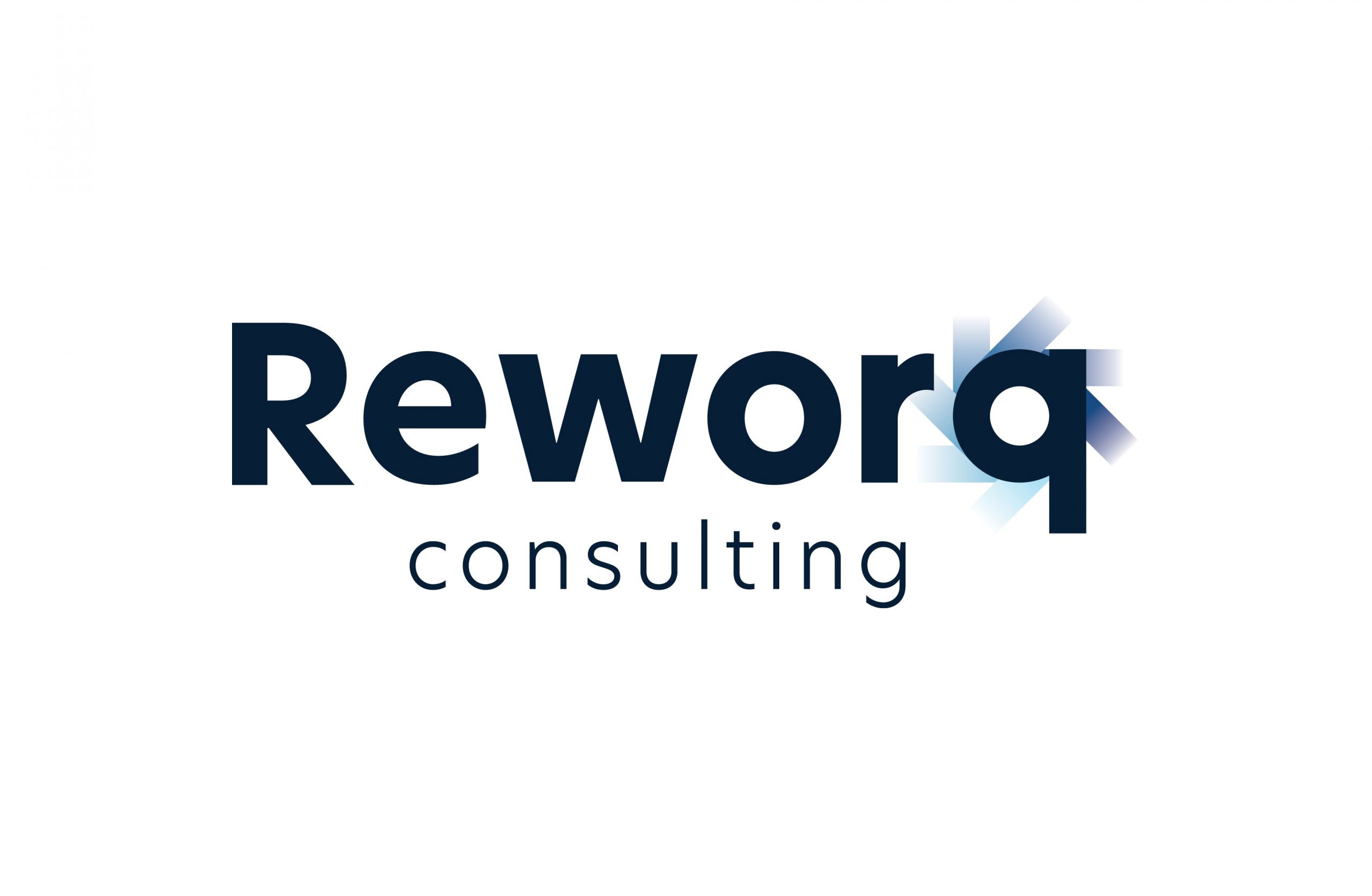As an entrepreneur, you have business goals to hit and following a plan on how to achieve your future goals. While a Business Plan seems like the obvious choice, it is not always the most relevant document for planning organisational growth. So, when considering how to plan for organisational growth, you want a flexible document that captures and succinctly presents key goals, dates, milestones, and plans of action relevant to all your stakeholders – this is the concept of a Business Roadmap.
Every business needs a vision and a clear path to achieving its short-term and long-term goals. Strategic planning is a process through which your Executive Management Team and Senior Managers map out their vision for their organisation’s growth, how they are going to get there, and identify future goals and objectives. The Strategic Planning process informs your organisation’s decisions, growth, and goals, but the first step in creating an unclouded vision is developing a Business Roadmap.
In practice, Strategic Planning is a doorway to innovation, cultural change, and initiative-taking strategies to manage your response to a changing business environment. Fortunately, strategic thinking contributes to the development of a Business Roadmap and execution of your Strategic Plan (and achievable milestones) will give the guidance and insights necessary to get your organisation on track for future success.
What is the strategic value of a Business Roadmap?
A Business Roadmap is a strategic document that outlines the long-term goals and objectives, initiatives, milestones, dependencies, and vision for your organisation. It also encompasses the steps needed to accomplish those set goals. But it is not just a schedule since it provides context around tasks, deadlines, and shows how each piece of the puzzle fits into a higher-level visualisation of your organisation’s “big picture”.
This roadmap provides an overview of your entire enterprise and all the moving parts in one (1) glance. It illustrates everything from strategic initiatives, major objectives right down to operational details which are visible for achieving growth. The Executive Management Team use the Business Roadmap to communicate an organisation’s vision and plans at every growth stage — from early-stage start-up to established enterprise businesses.
Mapping business growth across the enterprise
But the most common case for mapping business growth is a roadmap that visualises key business growth projects and deadlines across all departments. For organisation’s comprising of multiple departments, a Business Roadmap prevents individual teams from being “siloed” by clearly outlining the future business direction and each department’s role in upcoming growth.
By providing a holistic view of the organisation’s business goals across different departments, this approach can be critically important for communicating “big picture” initiatives to key stakeholders. It also helps with the following:
- Keep everyone focused on critical strategic initiatives.
- Encourages cross-functional collaboration by breaking down silos between individual teams, multiple departments, and individuals themselves.
- Monitor critical milestones, tasks, dependencies between projects, and bottlenecks in your business strategy.
- Identify underperforming areas and business risks so you can undertake risk mitigation practices to help plan your next steps.
Need for flexibility with Business Roadmap updates
The Business Roadmap enables key stakeholders, Senior Managers, and employees to remain focused on the long-term direction of the organisation. It can be used for diverse types of strategic purposes, including Project Management, Change Management, functional goal achievement, and across different departmental levels. However, it should be noted that this roadmap is not a final or unchangeable vision document.
A Business Roadmap is flexible by nature and can be updated regularly to improve its capability, according to changing requirements and shifting market dynamics. It can be as detailed or abstract as you define it to be depending on the organisation’s maturity and the size of your team. But as a rule, roadmaps should be adjusted whenever your plans – and the plan details – happen to change. This keeps your key stakeholders aligned with what is happening throughout the organisation and to reach their pre-defined goals.
What are the six (6) components of a successful Business Roadmap?
A Business Roadmap is a visual timeline that displays strategic goals and initiatives. It breaks down each stage of a Business Plan into its granular components since it contains both active and upcoming work at a high-level and gauges how well the organisation is tracking toward achieving its Business Plan. Anything that is shown on your Business Roadmap represents initiatives that the organisation has prioritised, committed, and agreed to complete.
1. Challenges
- What are the biggest problems you will potentially face in executing this step?
- How can you turn this problem into an opportunity?
2. Objectives
- What do you need to accomplish to fully address those challenges?
3. Capabilities
- Does your business have the capabilities it needs to successfully accomplish this objective?
- What capabilities do you need to invest in?
4. Actions
- What specific actions do you need to take to solve gaps in your current capabilities?
5. Initiatives
- How should these actions be grouped and prioritised?
- Which actions should be assigned to each team or department?
6. Time Horizon
- How should you sequence your initiatives to optimise time, risk, and cost?
By executing Business Roadmap tools, this allows the Executive Management Team and Strategy Consultants to easily plot and prioritise these components within a collaborative visual document. This document can be shared with key stakeholders, departments, teams, and employees to help keep them aligned and on track to succeed.
How to visualise your Business Roadmap success?

Business strategy is foundational to an organisation’s success. It outlines how you approach your work in general, which comprises three (3) components:
- Foundation: This is where you define your strategic vision and link it back to your business models (and positioning) templates.
- Market: This includes your customer profiles, as well as your competitors’ profiles.
- Imperatives: This bridges your overall strategy to the initiatives that you are going to deliver (i.e., your product releases and features or services) and by linking goals to the work items needed to reach your objectives.
An organisation has different departments and teams and with many moving parts. Your Executive Management Team and C-Suite Executives need clarity on whether your departments are headed in the right direction and to meet the expectation of realising future goals. Additionally, your Senior Managers or department heads need to know that their projects and operational initiatives are contributing to the overall growth of the business – not being stalled by other departments.
A Business Roadmap falls under two (2) general formats: Timeline-View Roadmap and Swimlane-View Roadmap.
Timeline-View Roadmap
- A roadmap that lays out a specific timeline for a plan or strategy. This type of roadmap usually highlights time-based elements per each initiative on the roadmap (e.g. milestones, key dates, and dependencies).
Swimlane-View Roadmap
- A roadmap that offers fuzzier “buckets” of time for project initiatives on the roadmap (e.g. backlog / in progress / completed).
Timeline-View Roadmap: Overview
A Timeline-View of your roadmap provides an overview (straight-to-the-point) of major projects and deadlines for team-by-team. With scoping each department’s growth strategy across months, quarters, or a year (the timeframe TBD by you!), organisations can accurately assess each team’s time / resource allocation and contribution to growth-related initiatives. Most importantly, this transparent view lets teams see how they are working in conjunction with the rest of the organisation to grow the business – identifying and eliminating any feelings by teams and employees of being siloed off from the rest of the business.
Milestones
A timeline allows a business to schedule important dates via milestones. By laying out expected deadlines, the entire organisation now can be on the same page about when to expect certain initiatives or goals to be completed, thereby making it easier for cross-functional teams to plan their work accordingly.
For business stakeholders that crave further insights, this view can be pivoted many ways and to tell a more detail-oriented story of your organisation’s Business Roadmap. By pivoting the roadmap by Owner (Business Unit), this allows your Executive Management Team to determine if too much strain is being put on certain internal resources. The result determines that there can be better decisions about work distribution.
Swimlane-view Roadmap: Overview
A Swimlane-View of your roadmap is a theme-based visualisation and is simply for organisations that do not believe in the idea of allocating specific timeframes to every single initiative item. It still shows each department’s individual projects and strategies, which is dedicated to each team and then items organised by timeframe – a snapshot of each team’s primary objectives for certain periods of time.
Milestones
A timeline allows to pivot this view to highlight which projects (per team) are “in progress” v. “scheduled” v. “proposed” and tasks are sorted according to progress, not time. This approach is ideal for AGILE teams. Simply, this is another way to provide a transparent snapshot to anyone across the organisation but who wants an update on how the business is developing.
Your roadmap must mature to reflect the development and thorough goals setting that comes with business growth. As your organisation constantly evolves, your business goals will change, and your roadmap will have to reflect that dynamic change. This is because the more your business grows, the more precise your goals need to be.
Summary
Steering your business without a roadmap is like venturing into the unknown.
A Business Roadmap is essential for any strategy process. Understanding the role and benefits of a Business Roadmap is crucial. It not only helps you navigate the complexities of Product Management, Sales Management, Marketing campaigns, Financial Management and Operations Management but also empowers your teams to drive your business towards its future goals – a comprehensive tool to communicate your organisation’s vision to your team and enable every single employee to work towards the same goal.
Although there is a considerable amount of effort (and structured change) that goes into creating a Business Roadmap, this document is essential in supporting the successful operation of your organisation. However, by taking these steps and asking pertinent and thoughtful questions when creating your Business Roadmap, you will now have a comprehensive tool that can be followed and updated as needed. This roadmap provides dedicated focus and ongoing support to the entire organisation in the pursuit of your long-term business objectives.
At the end of the day, what any organisation wants is – a route to achieve future success.
Need some guidance on your next steps? Let’s start a conversation…



